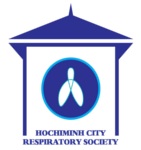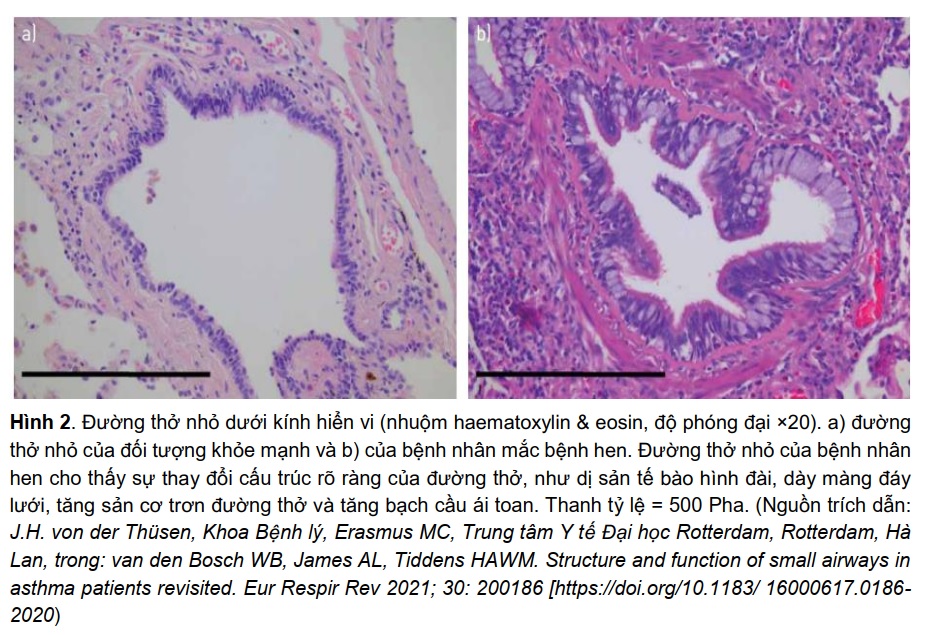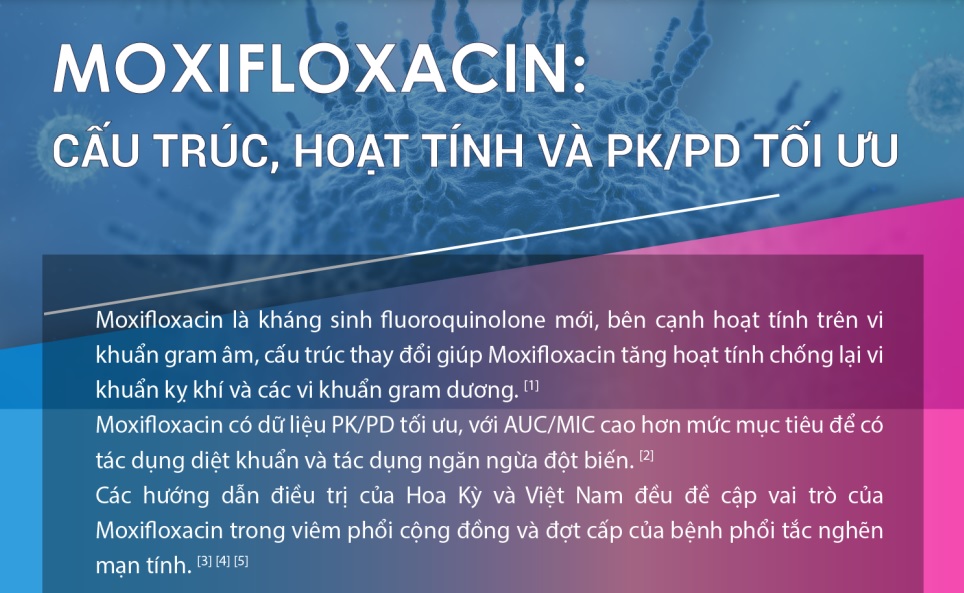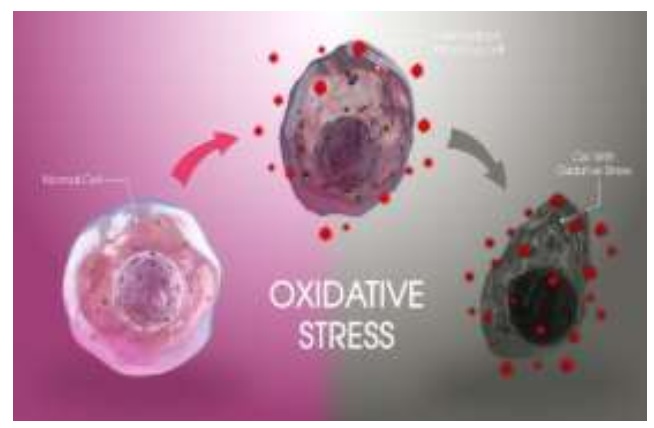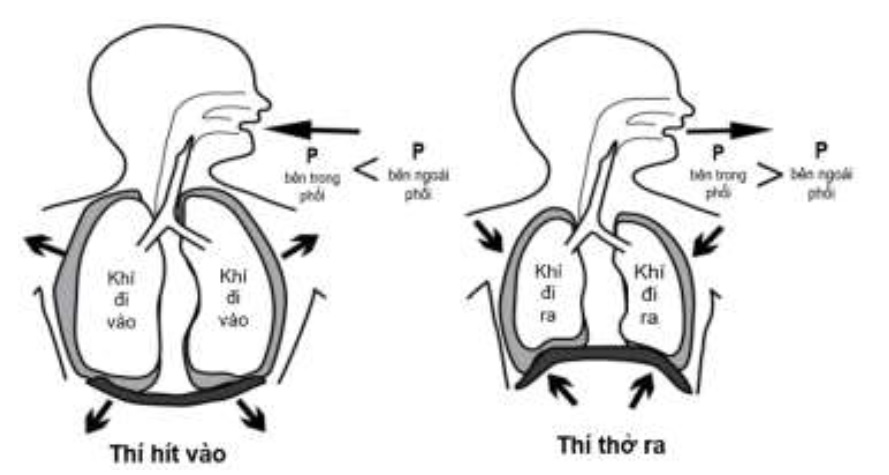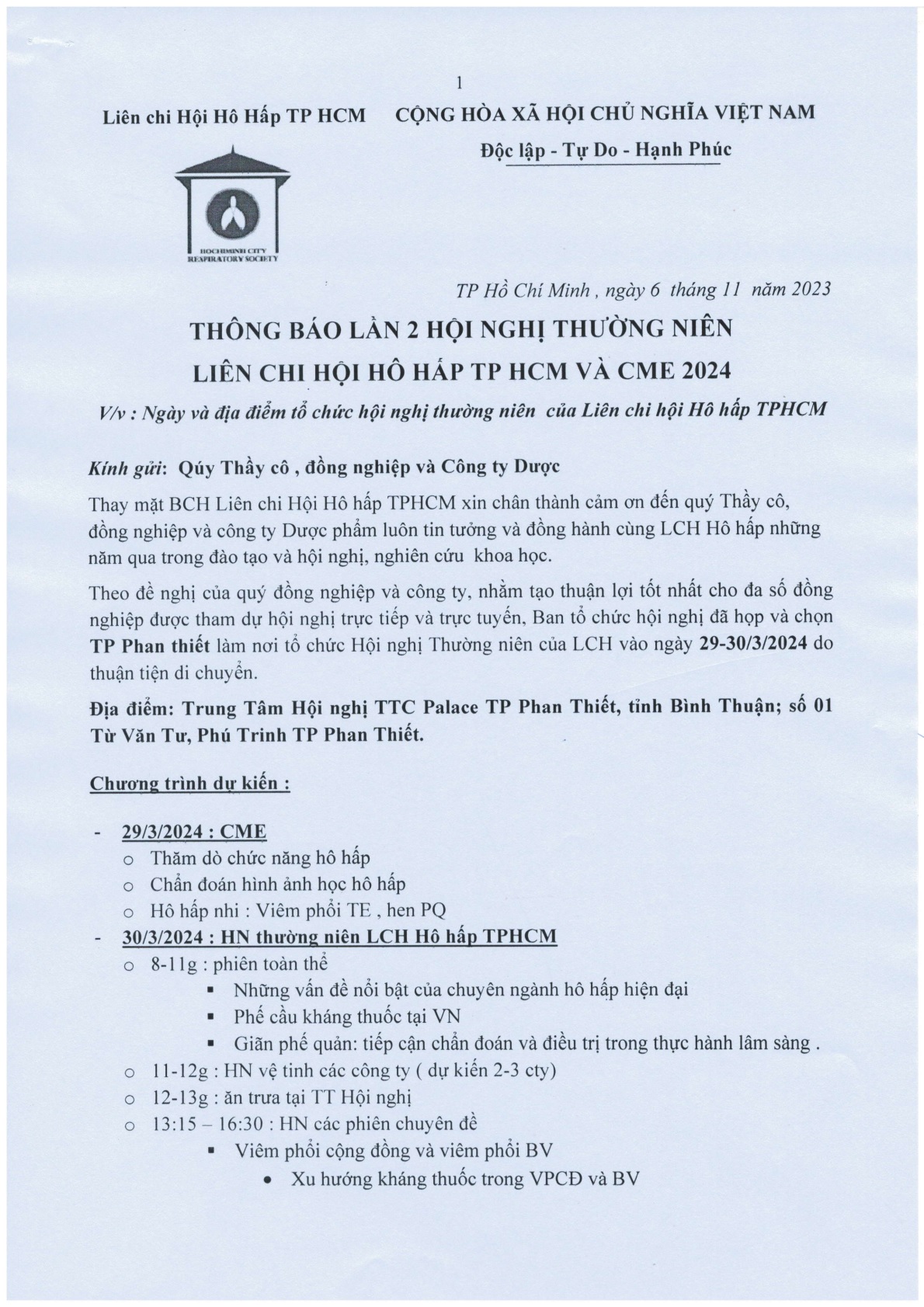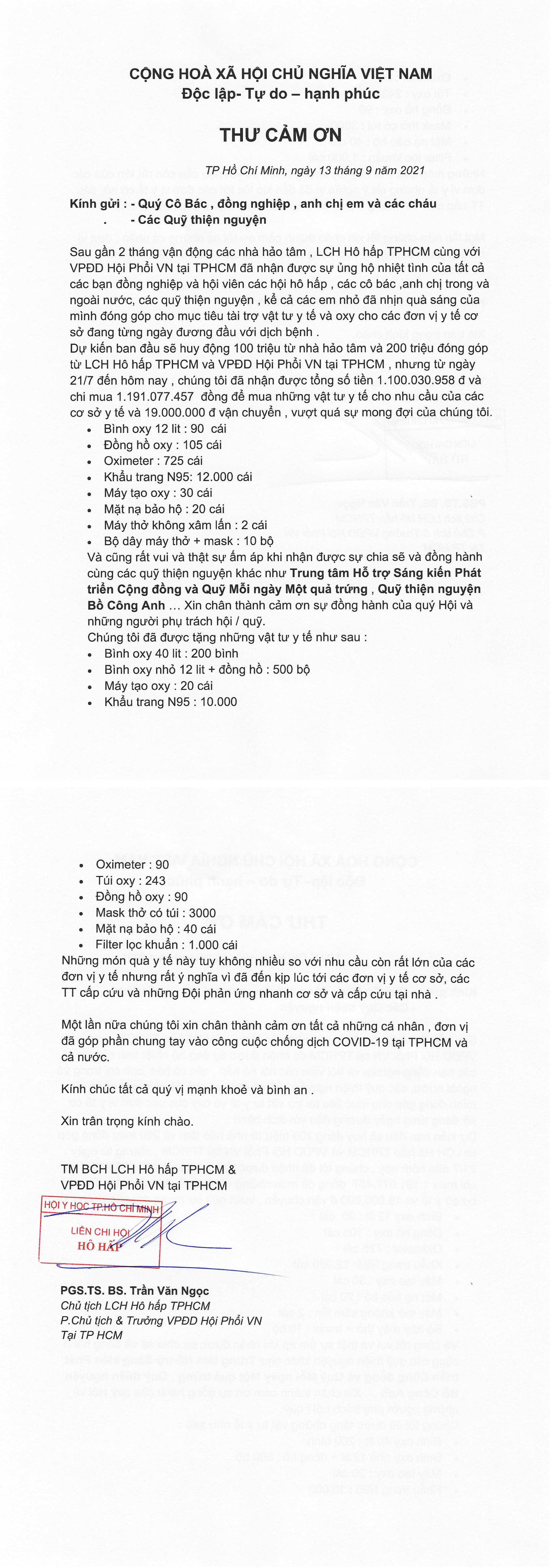- Chi tiết
-
Được đăng: 22 Tháng 11 2016
Abstract
Objectives: The 2011 official statement of idiopathic pulmonary fibrosis (IPF) mentions that the extent of honeycombing and the worsening of fibrosis on high-resolution computed tomography (HRCT) in IPF are associated with the increased risk of mortality. However, there are few reports about the quantitative computed tomography (CT) analysis of honeycombing area. In this study, we first proposed a computer-aided method for quantitative CT analysis of honeycombing area in patients with IPF. We then evaluated the correlations between honeycombing area measured by the proposed method with that estimated by radiologists or with parameters of PFTs.
Materials and methods: Chest HRCTs and pulmonary function tests (PFTs) of 36 IPF patients, who were diagnosed using HRCT alone, were retrospectively evaluated. Two thoracic radiologists independently estimated the honeycombing area as Identified Area (IA) and the percentage of honeycombing area to total lung area as Percent Area (PA) on 3 axial CT slices for each patient. We also developed a computer-aided method to measure the honeycombing area on CT images of those patients. The total honeycombing area as CT honeycombing area (HA) and the percentage of honeycombing area to total lung area as CT %honeycombing area (%HA) were derived from the computer-aided method for each patient.
Results: HA derived from three CT slices was significantly correlated with IA ( = 0.65 for Radiologist 1 and = 0.68 for Radiologist 2). %HA derived from three CT slices was also significantly correlated with PA ( = 0.68 for Radiologist 1 and = 0.70 for Radiologist 2). HA and %HA derived from all CT slices were significantly correlated with FVC (%pred.), DL CO (%pred.), and the composite physiologic index (CPI) (HA: = −0.43, = −0.56, = 0.63 and %HA: = −0.60, = −0.49, = 0.69, respectively).
Conclusions: The honeycombing area measured by the proposed computer-aided method was correlated with that estimated by expert radiologists and with parameters of PFTs. This quantitative CT analysis of honeycombing area may be useful and reliable in patients with IPF.

